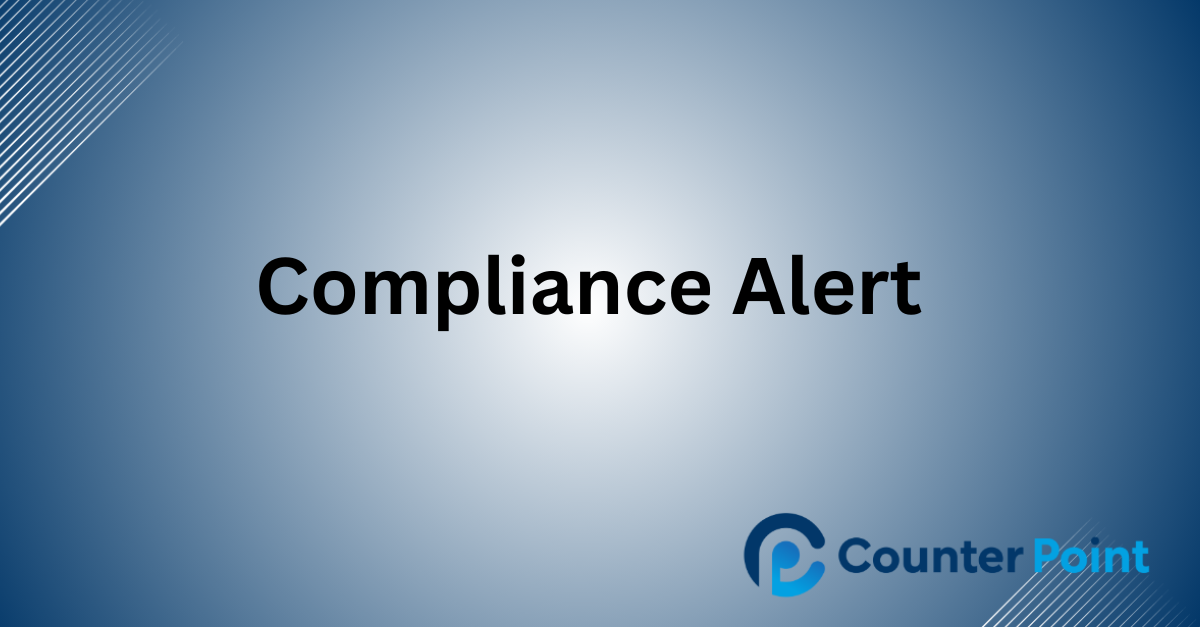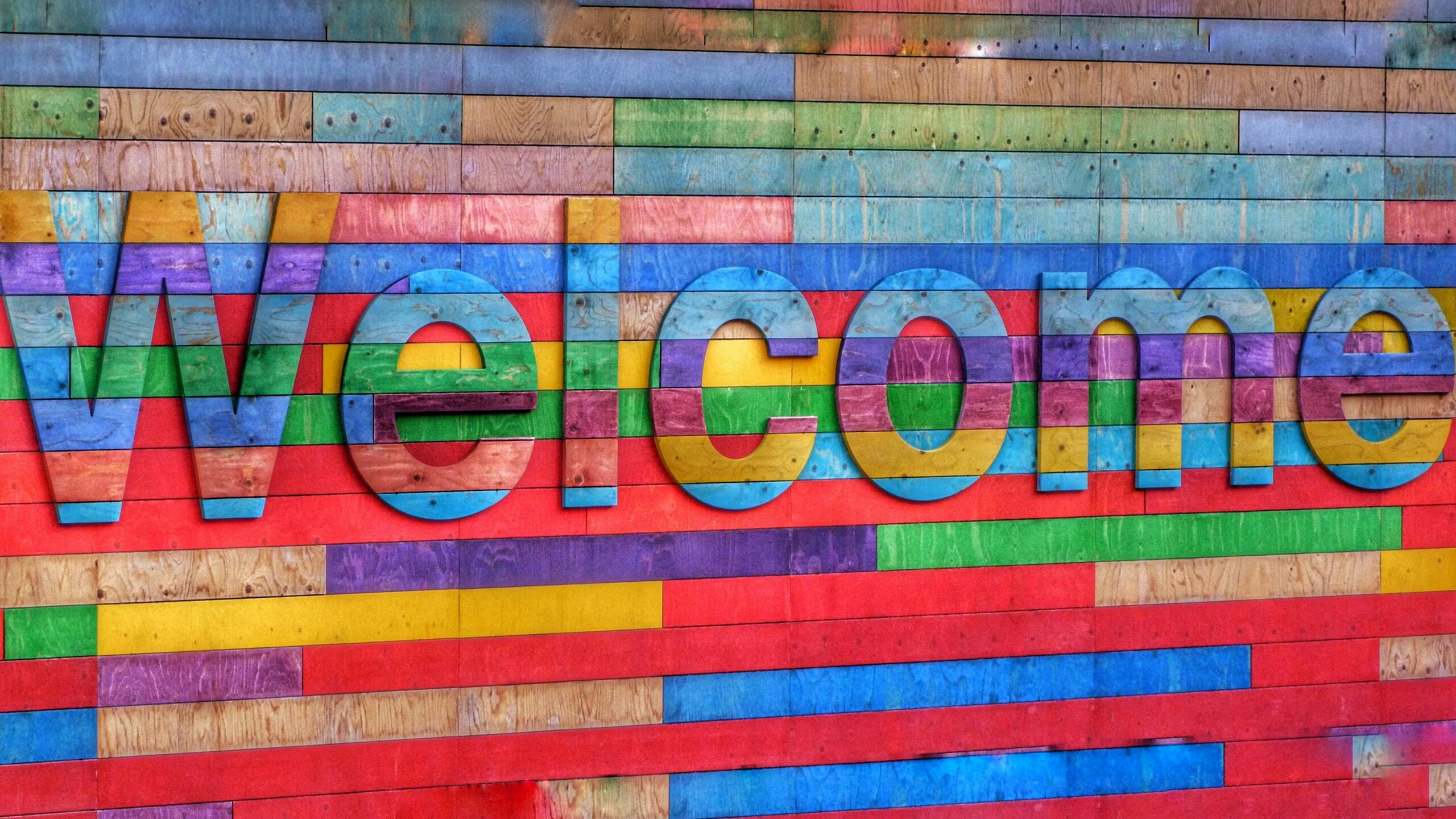What You Need to Know
On April 23, 2024, The Federal Trade Commission (FTC) announced its Final Non-Compete Clause Rule that would prohibit the enforcement of most non-compete agreements between employers and their workers.
The rule makes it a violation of federal antitrust laws for employers to enter into non-competes with workers (including employees and independent contractors) on or after the rule’s effective date. Existing non-competes with senior executives may remain, but those with other workers are not enforceable after the effective date.
Senior executives are defined as workers who earn more than $151,164 annually and who are in a “policy-making position” which is defined as:
- A business entity’s president, chief executive officer, or the equivalent.
- Any other officer of a business entity who has policy-making authority.
- Any other natural person who has policy-making authority for the business entity, similar to an officer with policy-making authority.
When This Will Happen
The final rule will take effect 120 days from the date of publication in the Federal Register, which means it could be in place as soon as late August.
While most feedback received by the FTC has been favorable, the rule change is facing significant pushback. It is expected to be challenged by trade associations and businesses across the country. The appeals process may take 12-18 months before the Supreme Court issues a final ruling.
What This Means and What You Should Do Now
Non-competes are widespread. It is estimated that approximately 1 in 5 U.S. workers are affected, or about 30 million workers total. If you have a non-compete policy in place, under this new law it will no longer be valid. If you are hiring someone who has a non-compete in place, it will also no longer be valid.
Here’s how you should respond:
- Determine which current and former employees are impacted and be prepared to send notices once the law takes effect.
- Create a plan to secure confidential and privileged company information. Have your employees review confidentiality policies on an annual basis and educate them on what conduct they need to follow through training and communications.
- Consider how, and if, the company should use non-disclosure, confidentiality, and non-solicit agreements to protect the business.
- Keep up to date on any changes and requirements. We will continue to monitor this rule and alert you.
For help with this or other compliance-related concerns, schedule an appointment with us today.






